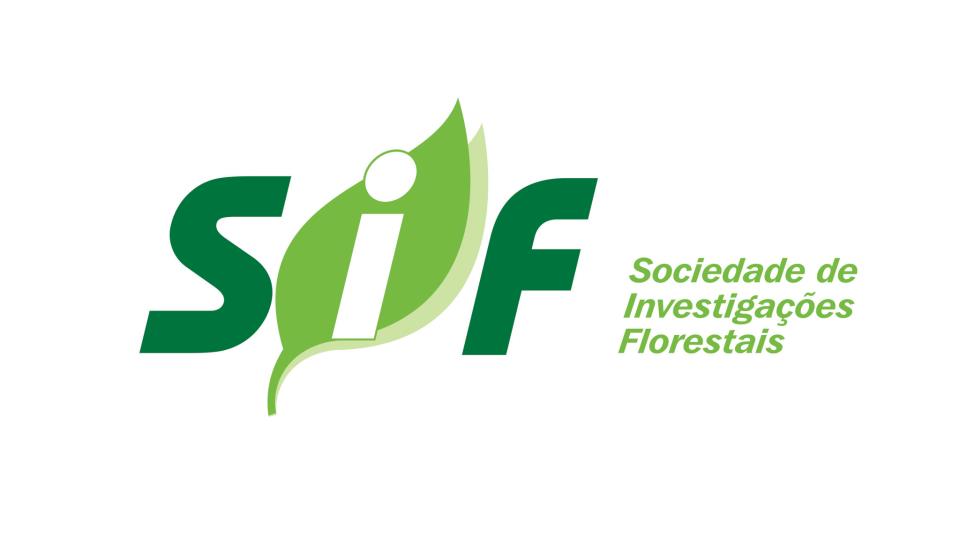| dc.contributor.author |
Silva, Gilson Fernandes da |
|
| dc.contributor.author |
Curto, Rafaella De Angeli |
|
| dc.contributor.author |
Soares, Carlos Pedro Boechat |
|
| dc.contributor.author |
Piassi, Ludmila de Castro |
|
| dc.date.accessioned |
2014-09-09T14:55:14Z |
|
| dc.date.available |
2014-09-09T14:55:14Z |
|
| dc.date.issued |
2012 |
|
| dc.identifier.citation |
SILVA, G. F. et al. Avaliação de métodos de medição de altura em florestas naturais. Revista Árvore, Viçosa, v. 36, n. 2, p. 341-348. 2012. |
pt_BR |
| dc.identifier.issn |
1806-9088 |
|
| dc.identifier.uri |
http://www.bibliotecaflorestal.ufv.br/handle/123456789/10826 |
|
| dc.description.abstract |
Este trabalho teve como objetivo comparar métodos de medição de altura total de árvores em
floresta natural. Foram comparadas alturas totais medidas pelo Hipsômetro Vertex com as obtidas por escalada
das árvores. Também foi testado o método de estimação visual, com e sem treinamento, como alternativa
mais prática e de menor custo. Os métodos testados foram avaliados em três classes de altura: 1 - (15-25 m);
2 - (25-35 m); e 3 - (> 35 m). Ao final, concluiu-se que o aumento na altura da árvore comprometeu a precisão
da estimação pelos métodos avaliados, sendo mais evidente na estimação visual sem treinamento. A única
diferença estatística a 5% de probabilidade, pelo teste t, entre as médias das alturas para os métodos avaliados
e as médias das alturas obtidas por escalada, nas diferentes classes, ocorreu na estimação visual com treinamento
na classe 2. As estatísticas Desvio Médio (DM), Média das Diferenças Absolutas (MD) e Desvio-Padrão das
Diferenças (DPD) indicaram maior precisão na estimação da altura para a estimação visual com treinamento,
seguida pelo Vertex e pela estimação visual sem treinamento. |
pt_BR |
| dc.description.abstract |
The objective of this work was to compare methods of tree height measure in natural foress.
Total heights measured by hypsometer Vertex were compared with those obtained by escalade of the trees.
The method of visual estimate was also tested, with and without training, as a more practical alternative
and of slower cost. The tested methods were evaluated for three height classes: 1 - (15-25 meters);
2 - (25-35 meters) and; 3 - (> 35 meters). At the end, it was concluded that the increase in the height of
the trees reduced precision of the estimate for the appraised methods, being more evident in the visual estimate
without training. The only statistical difference, at the level of 5% of probability for the test t, among the
averages of heights for the appraised methods and the averages of the heights obtained by escalade, in the
different classes, occurred in the visual estimate with training in the class 2. The statistics Average Deviation
(DM), Average of the Absolute Differences (MD) and Standard Deviation of the Differences (DPD) indicated
larger precision in the estimate of the height for the visual estimate with training, following Vertex and visual
estimate without training. |
pt_BR |
| dc.format |
8 páginas |
pt_BR |
| dc.language.iso |
pt_BR |
pt_BR |
| dc.publisher |
Sociedade de Investigações Florestais |
pt_BR |
| dc.relation.ispartofseries |
Revista Árvore:v.36,n.2; |
|
| dc.subject.classification |
Ciências Florestais::Manejo florestal::Dendrometria e mensuração florestal |
pt_BR |
| dc.title |
Avaliação de métodos de medição de altura em florestas naturais |
pt_BR |
| dc.title |
Evaluation of height measurement methods in natural forests |
pt_BR |
| dc.type |
Artigo |
pt_BR |







